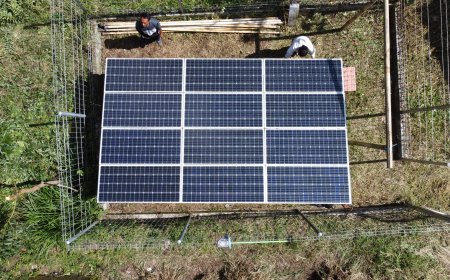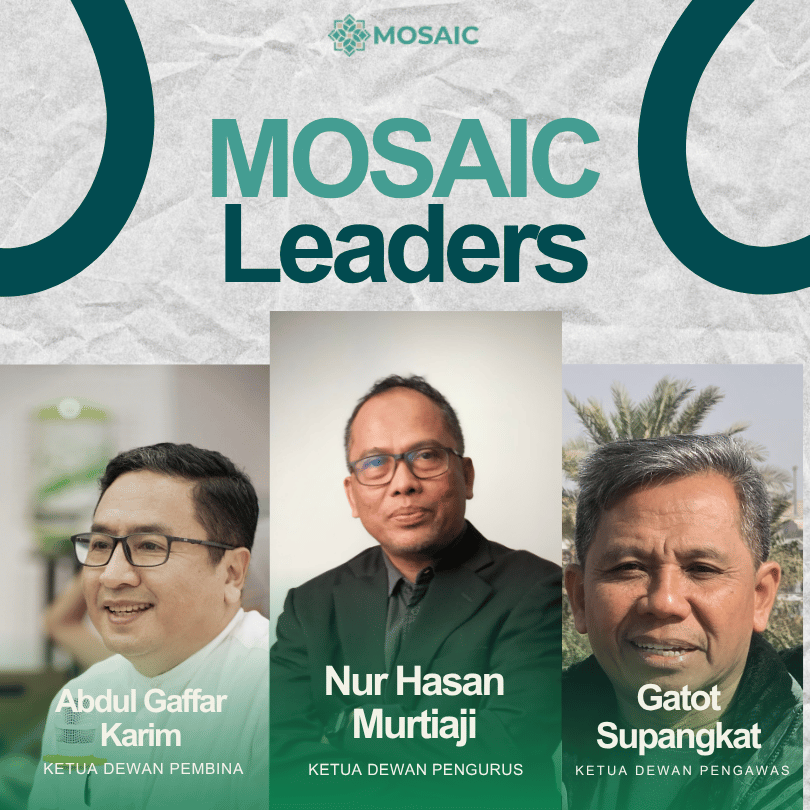Saudi sustainable ihram initiative decrease hajj carbon emissions
Fashion Commission of the Ministry of Culture launched the Sustainable Ihram initiative in March 2025.
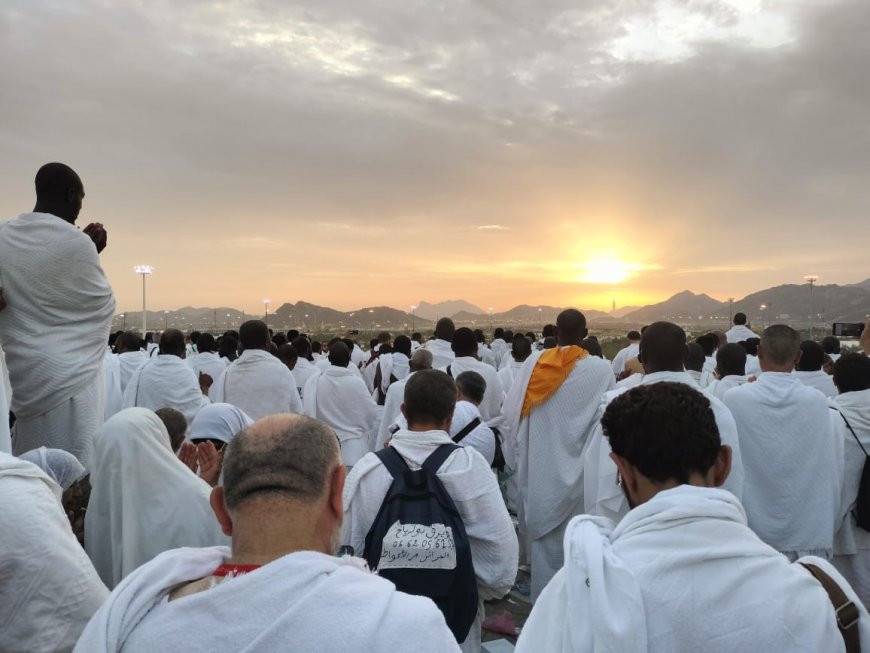
MOSAIC-INDONESIA.COM, JAKARTA — Muslims from different parts of the world are coming to the Holy Land in Saudi Arabia. At least 1.8 million worshippers will travel by land, sea and air to perform the Hajj, the fifth pillar of Islam.
When performing Hajj and umrah, male worshippers are required to wear an ihram, two long sheets of white cloth with no seams. Ihram becomes an important symbol in which a person is required to perform Hajj and Umrah. Only, many of the worshippers throw the white cloth in the trash after the Hajj. The waste of the ihram fabric also leaves tons of garbage so that it will generate large carbon emissions.
Recently, the Government of the Kingdom of Saudi Arabia is running a recycling ihram program as an innovative step to reduce environmental impact. The initiative aims to reduce textile waste by recycling ihram fabrics that have been used, in line with the kingdom's vision of sustainability.
To support sustainability, the Fashion Commission of the Ministry of Culture launched the Ihram Sustainable initiative in March 2025. The program aims to recycle and reuse old ihram, combining Islamic values with environmentally friendly solutions to preserve nature.
Through this initiative, the ihram that has been used is collected and reprocessed into new sustainable clothing using circular textile recycling methods. This initiative is the result of a collaboration between Saudi Investment Recycling Co. and eco-fashion company Tadweem, Saudi Gazette reported.
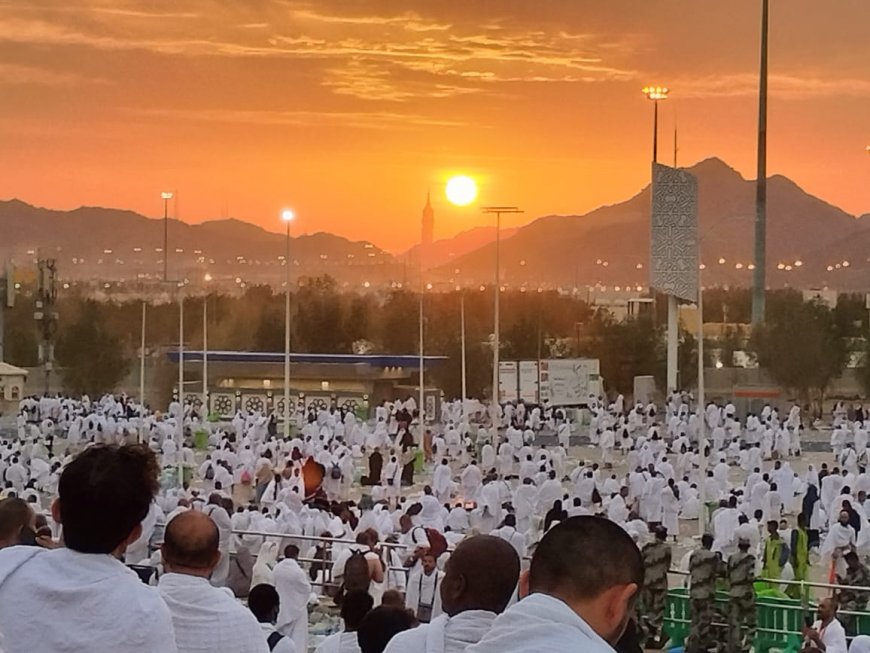
This program is designed to raise public awareness about the importance of recycling in the fashion industry as well as to enlarge the growth of a circular textile economy in Saudi Arabia. Taking into account the environmental impact of the disposal of ihram, which is produced in large quantities each Hajj season, the Fashion Commission sees opportunities to reduce textile waste through a more sustainable approach.
Burak Cakmak, CEO of the Saudi Fashion Commission, said that ihram is not the first thing that comes to mind when people think about fashion. “But at the same time, it is a product that is sold and used in large quantities, repeated every year, especially during the Hajj,” he said.
To realize this initiative, as many as 336 collection points were placed in Mina, where thousands of kilograms of used ihram clothes were collected. These fabrics then go through a meticulous recycling process, encompassing stages of sorting, cleaning, enumerating, and reweaving, until finally becoming a new ihram that worshippers can reuse with a deeper meaning.
“There is no better way to do this than in your religious pilgrimage, where you want to focus on spirituality and make sure that the products you wear reflect purity both bodily and spiritual,” says Akakmak.
The CEO of Tadweem, Mustafa Bukhari, revealed that although production is currently still carried out outside Saudi Arabia, the long-term goal is to move the manufacturing process domestically. Tadweem, as an eco-friendly fashion company of Saudi origin, is committed to sustainability through various initiatives, including textile recycling.
In this project, the fabric waste is first processed into raw materials in Dubai, then shipped to Turkey for production, before finally being returned to Saudi Arabia. “The entire product is made from recycled materials, including used packaging and bags, with no substances that harm the environment,” Bukhari said.
At a Hajj and Umrah conference in Jeddah in January, Tadweem showed how fabrics from recycled ihram can be processed into high-quality leather bags. The sustainable Ihram is now on sale for 25.98 US dollars in Medina, with plans for expansion to Mecca, the main airport, and other areas in the future. In addition, the product will also be available in ihram sustainable specialty stores as well as being exhibited at the Islamic Arts Biennale in Jeddah, which runs until May 25.
In a white paper titled “Ihram Circularity: Weaving a Greener Hajj and Umrah Experience,” released by the Fashion Commission, the Ihram Sustainable initiative has the potential to revolutionize textile waste management in the Kingdom and beyond.
The initiative marks Saudi Arabia's first step in a circular fashion, which combines faith, cultural preservation, and environmental responsibility. The white paper serves as a comprehensive exploration of the Sustainable Ihram Prakarsa, which focuses on creating a special edition Ihram made from recycled materials.
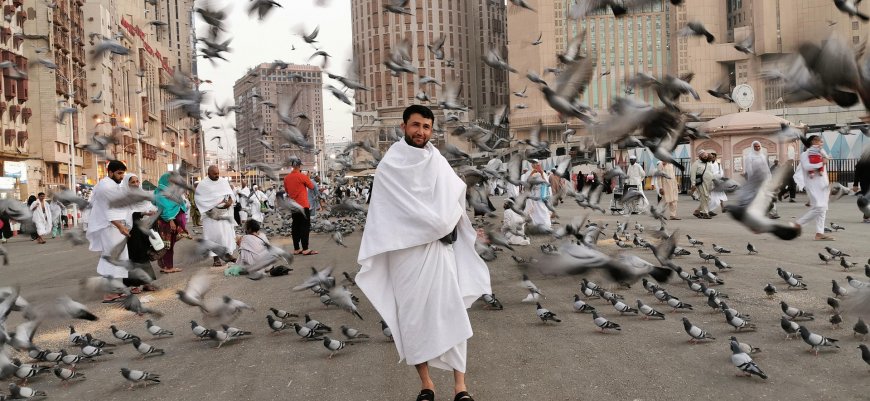
Tadweem estimates that if the distribution of bins is carried out thoroughly, including to all tents, as much as 227 tons of Ihram could be collected during the Hajj of 2023. It is estimated that as many as 1,120 tonnes of Ihram are worn during the hajj, which suggests that about one in five male worshippers who have access to recycling bins donate their Ihram. This suggests there is a significant opportunity to increase the number of Ihram recycled through proper awareness campaigns - not just during the Hajj season but throughout the year.
According to a study assessing the carbon footprint of textile waste, diverting discarded textiles from landfills and recycling would save nearly 5,800 kg of CO2 eq.1 per ton (textile landfills emit 430 kg of CO2 eq. per ton, products made from primary sources emit an average of 6,500 CO2 eq per ton, while textile recycling processes emit only 1,142 kg of CO2 eq. per ton).
Ihram's chance of recycling 100,000 tonnes by 2030 would equal a reduction of 615 million kg of CO2 eq. Through the Saudi Green Initiative, the country is targeting a reduction in carbon emissions of more than 278 million tons per year by 2030. If the carbon emissions saved from this single Ihram recycling initiative were accumulated over one year, this would contribute 0.2% to the Saudi's Vision 2030 goal.

